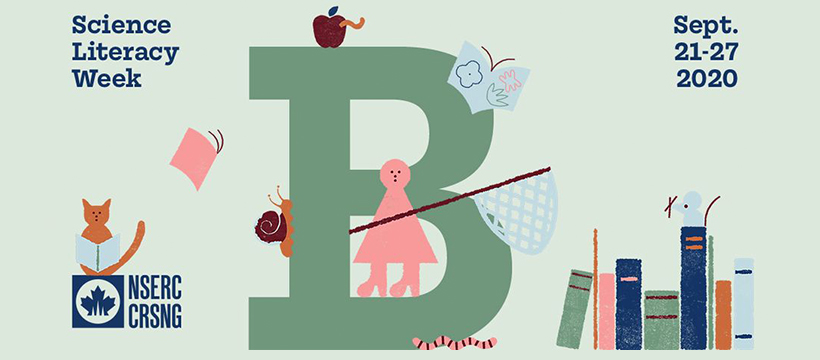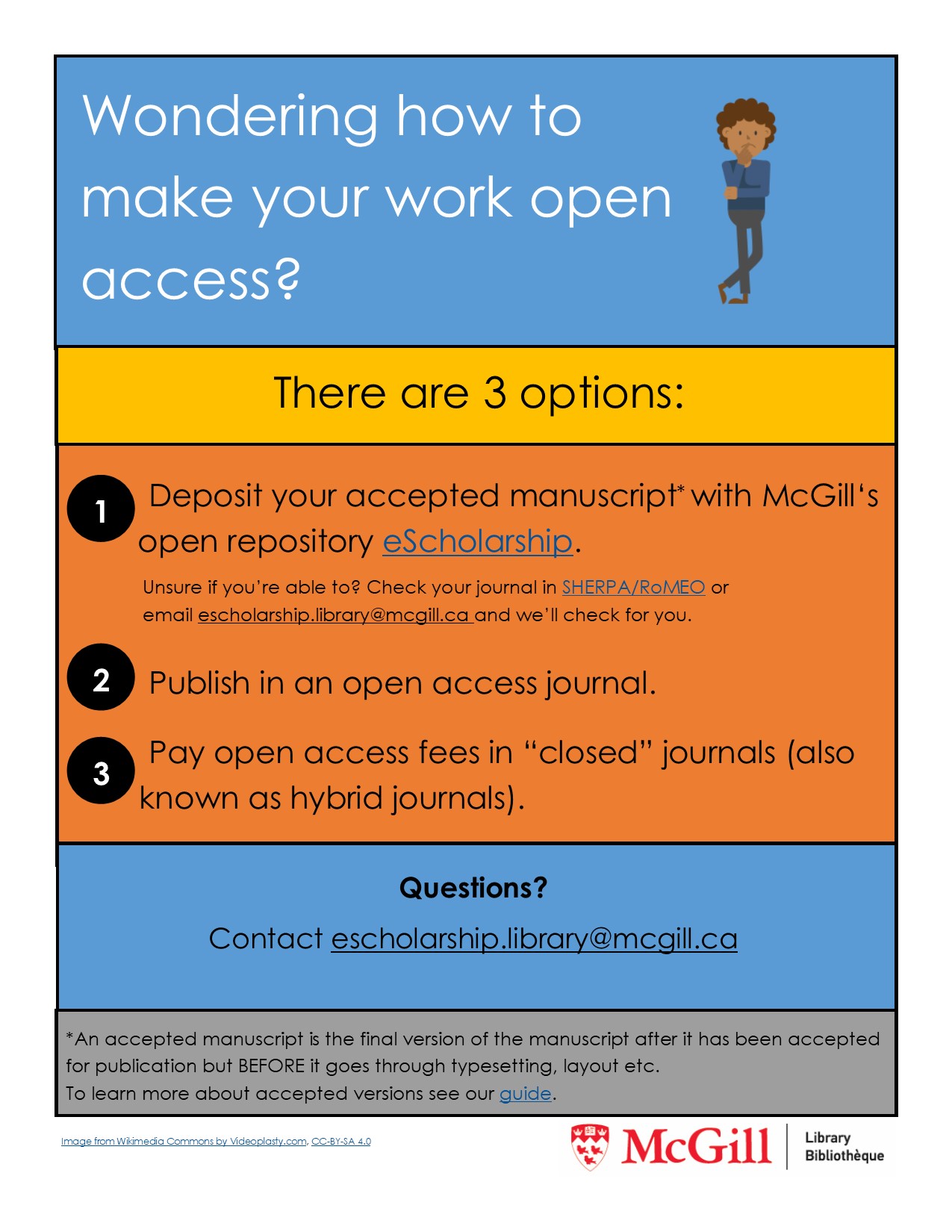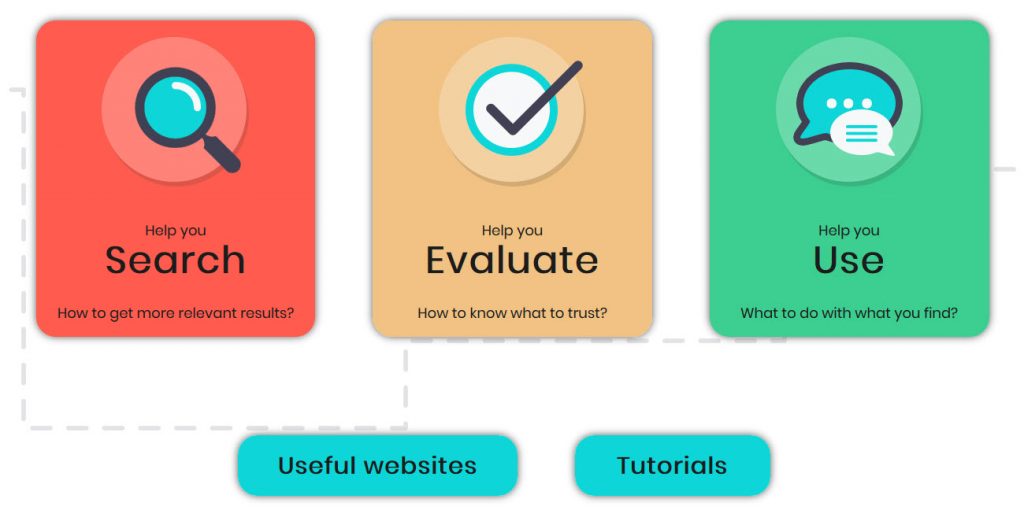Thank you very much to Cyril Kazan for letting us post his MIMM 214 assignment on The Turret. In this post, Cyril talks about an interesting aspect of our immune system.
Memory is an essential element of everyday life. Without it, learning would not be possible. Similarly, when it comes to your immune system, memory is priceless. Vaccines, for instance,would never work without your immunological memory. After being exposed to a pathogen, which is a term used to describe infectious agents like bacteria and viruses, your immune system will remember it. This way, the next time it encounters this same pathogen, it will eliminate it much faster. This concept, termed adaptive memory, has been well understood for decades. It is associated exclusively to a part of your immune system called adaptive immunity. The other part, innate immunity, has always been known to be non-specific and non-adaptive, meaning that it cannot remember a pathogen and will have the exact same response if it re-encounters it in the future.
Recently, a growing body of research is challenging what has always been thought of as true. Greater protection against re-infection has been reported in plants and invertebrates, which lack an adaptive immune system. Furthermore, certain infections and vaccinations can induce broad protection against other pathogens through innate immune mechanisms. This has led researchers to hypothesize the presence of an innate immune memory they coined “trained immunity”. In a review paper published in Nature, scientists explain what has recently been discovered about this intriguing mechanism.
How Trained Immunity Works
Unlike adaptive memory, which works by keeping a reserve of memory cells specific to the pathogen previously encountered; trained immunity is thought to function through epigenetic reprogramming, which is a change in the expression levels of genes. Adaptive memory and trained immunity are therefore fundamentally different mechanisms.
During a typical immune response, genes coding for proteins called cytokines are expressed. These proteins play a broad range of key roles in the immune response including inflammation and recruitment of immune cells. Research findings have shown that the expression of these genes leaves behind an “epigenetic scar”. This leads to an easier expression of these genes on the following infection, resulting in a greater and faster production of cytokines on the next contact with a pathogen, and to a more efficient immune response overall. Notice that it will lead to a more ample production of cytokines regardless of the identity of the pathogen. Trained immunity is therefore non-specific.
But it is not so simple. A reprogramming of the cell’s metabolism, the series of biochemical reactions occurring inside of it, also takes place and affects how efficiently cytokine genes will be expressed. It is also important to keep in mind that these are relatively recent discoveries and that the exact mechanism behind trained immunity is not yet fully understood.
Why It’s Important
Armed with this fair understanding of how trained immunity works, you may now be wondering why you should care. First of all, trained immunity plays a critical role in humans. Interestingly, more and more evidence is showing that live vaccines such as the smallpox vaccine, measles vaccine, and the BCG vaccine for tuberculosis, which normally provide specific immunity through adaptive immune cells actually have a broad beneficial effect against infection by other pathogens as well.
This occurs through non-specific activation of innate immune mechanisms. In addition, although trained immunity has evolved as a beneficial mechanism that makes our response to pathogens more effective, studies are pointing out the potential harmful effects it can have. These effects have been especially observed in the context of sterile inflammation, inflammation that does not result from a pathogen, but from food for example. It is becoming increasingly evident that sterile inflammation, boosted by trained immunity, in response to diet and lifestyle changes, forms the basis on which chronic inflammatory diseases develop. These augmented immune functions can lead to tissue damage in some instances.
Last but certainly not least, trained immunity can be critically important in the context of the interplay between innate immune cells and tumour cells. It can be either beneficial or detrimental. A stronger and more efficient innate immune response is helpful in the fight against cancer cells. Nonetheless, excessive or prolonged inflammatory responses can also contribute to the progression of the tumour. For instance, an increased cytokine release by innate immune cells that infiltrated the micro-environment of the tumour is associated with an enhanced growth of the tumour and its spread to other parts of the body.
References
Mihai G. Netea et al.. Defining trained immunity and its role in health and disease. Nature Reviews Immunology [Internet]. 2020 March 04. Available from: https://www.nature.com/articles/s41577-020-0285-6
Janeway CA Jr, Travers P, Walport M, et al. Immunological Memory. Immunobiology: the immune system in health and disease, 5th edition. [Internet]. New York, 2001. 10-21;10-24. Available from: https://www.ncbi.nlm.nih.gov/books/NBK27158/
Molnar C, Gair J. Adaptive Immune Response. Concepts of Biology, 1st Canadian Edition [Internet]. 2012. 23.2. Available from: https://opentextbc.ca/biology/chapter/23-2-adaptive-immune-response/University of Pennsylvania.
By altering bone marrow, ‘training’ can prepare innate immune system for future challenges. Science Daily [Internet]. 2018 January 11. Available from:
https://www.sciencedaily.com/releases/2018/01/180111141646.htm
Namrata Rana. Trained immunity: the immunologic memory that humans have always had. The McGill Tribune [Internet]. 2021 January 26. Available from: http://www.mcgilltribune.com/sci-tech/trained-immunity-the-immunologic-memory-that-humans-have-always-had-01262021/










